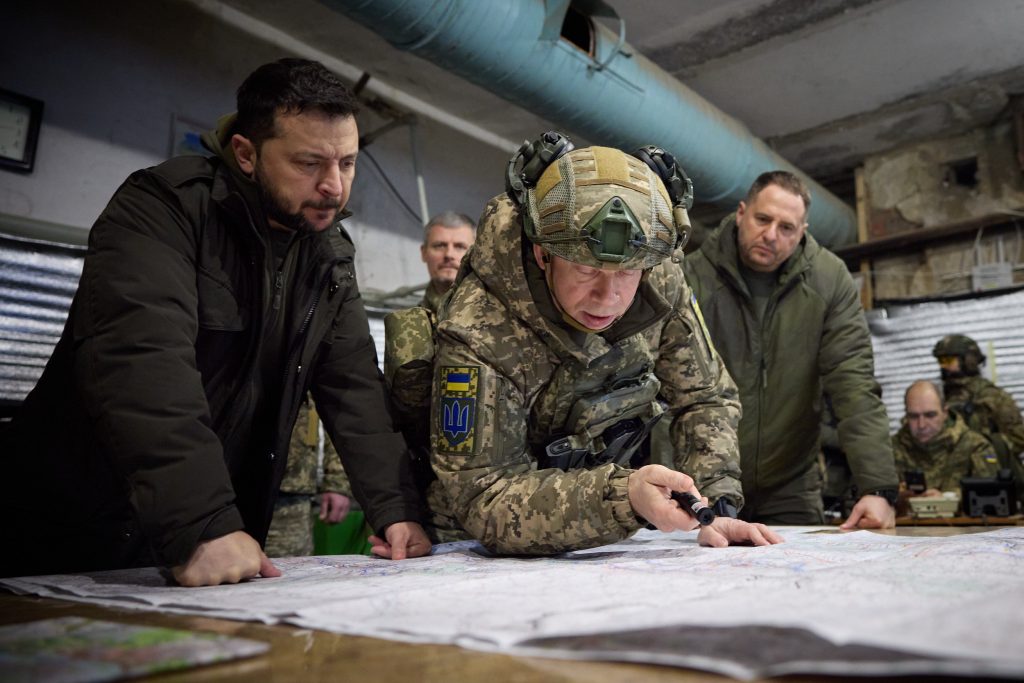
What does it mean when a nation drops more than five thousand guided bombs in one month? For Ukraine, October 2025 brought the most fierce aerial bombardment of the war so far, with 5,328 Russian guided bombs raining down upon military positions and cities on the front line. It is more than a battlefield statistic-it’s a geopolitical signal addressed squarely to Washington and NATO.
In fact, the strikes mark a tactical shift for the Russians, enabled by improved long-range munitions and industrial-scale production of cheap, precision-guided weapons. They also dramatize a growing challenge for Ukraine’s air defenses, struggling to intercept fast, low-visibility threats. For the defense analysts, however, the developments afford critical insight into both the engineering behind Russia’s arsenal and the strategic intent driving its deployment.
From the development of the glide bomb technology to the humanitarian and strategic implications of the mass strikes, here are ten points laying out what anyone needs to know about this intensifying “air terror” campaign and why it is important far beyond the borders of Ukraine.

1. Record-Breaking Bombing Campaign
In October 2025, Russia dropped 5,328 guided aerial bombs on Ukraine, the Ukrainian Defense Ministry said, the highest monthly total so far this year and more than the total for all of 2024. More than 40,000 have been deployed in just the first ten months of this year. Targets included frontline military positions and urban centers in Donetsk, Dnipropetrovsk, and Zaporizhzhia. The ministry warned that “air terror is intensifying”, with the scale of attacks designed to pressure both Kyiv and Washington amid the current peace negotiations.

2. Engineering Leap: Extended-Range Guided Bombs
Once short-range munitions, Russia’s guided aerial bombs have now become weapons capable of conducting strikes as far as 200 kilometers away from their targets. This leap in capability has been achieved by adding folding wings, control surfaces, and satellite navigation to the standard bomb via the Universal Planning and Correction Module. The latest variant, UMPB-5R, adds a small turbojet engine, extending the range to 150–180 km. With such weapons, Russian aircraft can stay well beyond Ukrainian air defense zones while attacking cities and other targets far from the front lines.

3. Cheap but Lethal: The Economics of Air Terror
Cost is a factor in Russia’s strategy A UMPK-equipped bomb can cost less than $250,000, while a cruise missile costs up to $1 million. The disparity provides the green light for mass production and sustained bombardment. The cost-exchange ratio significantly favors Russia, since Ukraine is forced to use expensive interceptors against relatively cheap bombs. Analysts say this economic asymmetry already forces Ukraine to concentrate its efforts on destroying the launch platforms, rather than trying to intercept every incoming munition.

4. Rocket-Propelled Bombs: Blurring Boundaries with Missiles
The increasing proliferation of rocket-powered guided bombs, such as the UMPB-5R, has continued to blur the boundary between the aerial bomb and cruise missile. With the fitting of a small jet engine, these weapons are now capable of maneuvering and reaching out beyond 130 km to deliver 100 kg class warheads with great precision. Much less destructive than the 1,500 kg frontline bombs, their reach makes them a real factor in attacks against infrastructure and logistics hubs beyond immediate combat zones.

5. The Banderol: Miniature Cruise Missile Threat
According to Ukrainian intelligence, a new jet-powered unmanned munition has been identified, christened Banderol (S8000). With a range of ~500 km, along with a payload of 150 kg, this far exceeds the Iranian Shahed-136 in both distance and explosive capacity. Launched from UAVs like the Orion, the Banderol is cheap at about $20,000 each and suited for mass use. Though it has not been used en masse, it does point towards Russia’s next step in diversification of its long-range strike platforms.

6. NATO’s High Alert and Border Security
Large-scale Russian air assaults triggered NATO’s rapid response protocols. In one incident, nearly 600 drones and 48 missiles came over in just 12 hours, with Poland scrambling fighter jets and temporarily closing airspace near the cities of Lublin and Rzeszów. NATO F-35s patrolled until the assault was over, underscoring alliance concerns about regional instability and airspace violations.

7. Humanitarian Impact and Infrastructure Damage
The UN reports a sharp rise in civilian casualties amid relentless strikes, with at least 126 civilians killed and 478 injured in March alone. Energy infrastructure has been a heavy target of this war 80% of Ukraine’s thermal generation was destroyed after attacks in March. The Zaporizhzhia Nuclear Power Plant received direct hits for the first time since 2022, raising widespread fears of a major nuclear accident. Such strikes not only devastate cities but also threaten global food security due to disrupted Black Sea grain exports.

8. Tactical Shift: Bombs, Drones, and Missiles
Combined Layered attacks are increasingly part of Russia’s strategy, with waves of guided bombs, Shahed drones, and missiles in quick succession to saturate defenses. Ukrainian President Volodymyr Zelensky says it often means a second wave is intended to take out the first responders, which is prohibited under international humanitarian law. The mixture of weapon types complicates their interception and forces Ukraine to spread thin its defensive resources.

9. Countermeasures: Destroying Launch Platforms
Analysts are unanimous in their opinion that the most effective counter to the gliding bombs is neutralization of the aircraft before they could drop these bombs. Ukraine has destroyed bomb-capable aircraft on the ground, including in Crimea, using long-range ATACMS missiles and drone strikes. The F-16 deliveries slated for the near future, coupled with AEW&C aircraft provided by Sweden, could allow for interceptions before the bombs are launched. EW systems attempt to jam the GLONASS/GPS guidance, but inertial backups reduce the effect of jamming.

10. Strategic Messaging to the US
Analysts believe this record bombing constitutes a calculated signal to Washington. With peace talks floated, Moscow escalates air strikes to show both capability and will to sustain high-intensity operations. According to Oleksi Melnik from the Razumkov Center, long-range bombing aims at destabilizing Ukrainian society and showing the US that Russia can always escalate-a fact that complicates the road to a ceasefire. The October bombardment fits the pattern of Russia’s convergence of engineering innovation, economic calculation, and geopolitical signaling.
In Ukraine, the problem is how to counter a threat that is inexpensive to make, hard to intercept, and now increasingly long-range. For NATO and the US, though, the message is clear: the war’s aerial dimension is changing fast, with dire implications for anyone who ignores such developments in favor of letting Moscow take the initiative.


